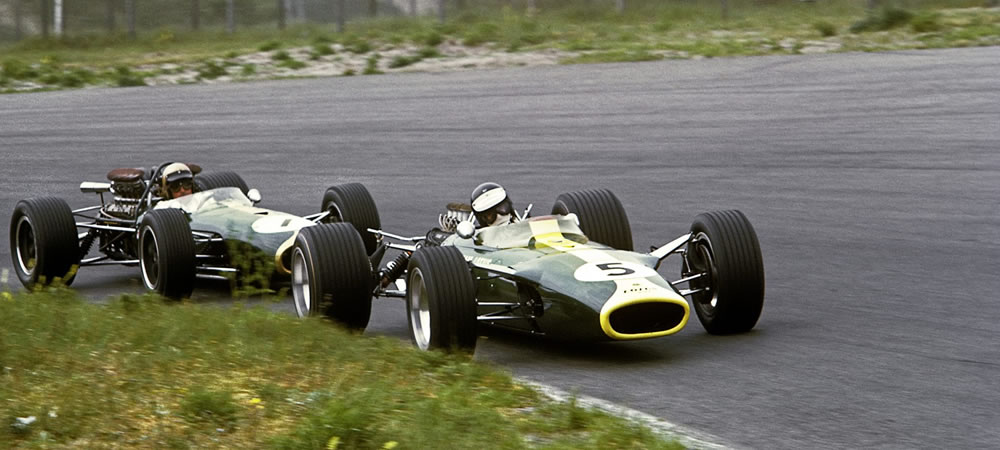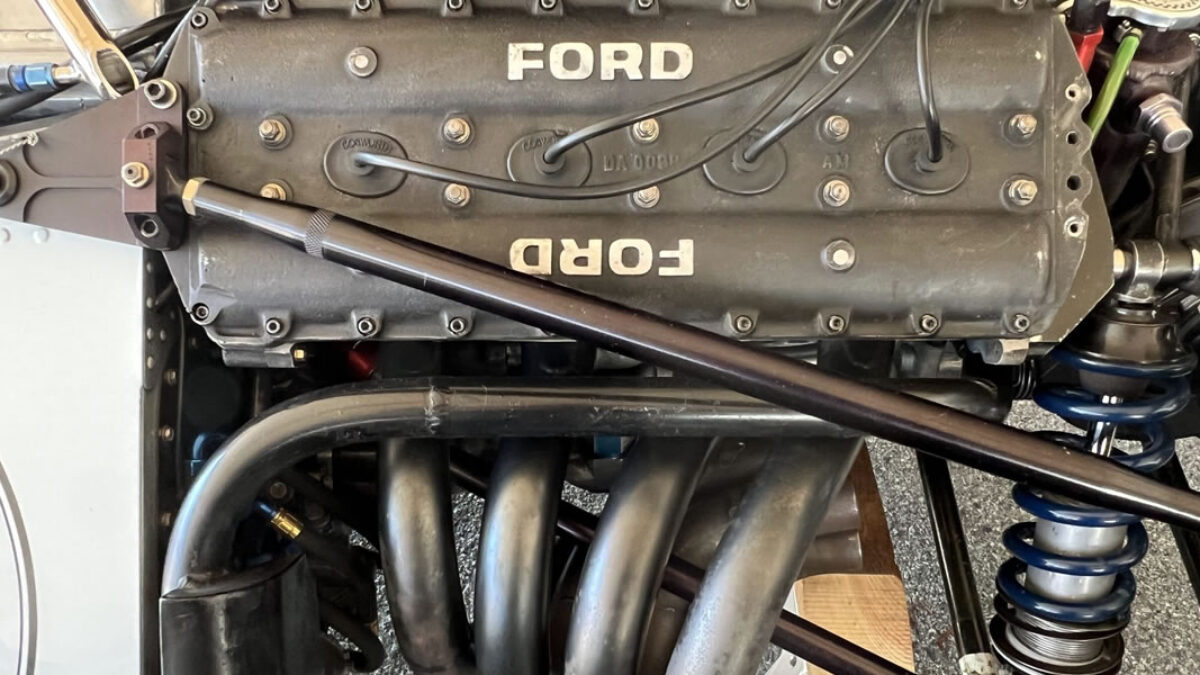Ford Formula 1 simply cannot manage to keep US automobile manufacturers away. Last month, we were amazed by the announcement that Cadillac plans to join F1 alongside the Andretti squad, which is pursuing an entrance into the championship. Although that attempt remains uncertain, here is one that is not. Today, the Ford Motor Corporation disclosed it will reappear in F1 beginning in 2026, when the revised engine guidelines start to apply.
A New Chapter In Ford’s Racing Story
This marks the beginning of an exhilarating new segment in Ford’s motorsport narrative that started when my great-grandfather achieved a race victory that helped initiate our business, stated Bill Ford, executive chair of Ford. Ford is returning to the peak of the competition, bringing Ford’s enduring heritage of creativity, environmental responsibility, and electrification to one of the planet’s most prominent platforms.
Ford’s First Entry Into Formula 1
Ford’s initial venture into F1 started in 1967 when Colin Chapman, the leader of Lotus, convinced Ford to finance the creation of a novel racing engine that would become an integral part of the F1 chassis. In simpler terms, it was a structural component of the car rather than being installed in a cradle or framework.
Stay up to date with the latest technology in TheTechCrunch.info, which covers artificial intelligence, mobile and web apps, modern things, cyber security, and general technical news. From AI’s successes to chat and generative tools, such as smartphones, laptops, and wearables’ special reviews, TheTechCrunch gives an insight into this case.

After first being rejected, Chapman persuaded Walter Hayes, the chief of Ford UK’s public relations, to assist him in lobbying the executives, and the consequence was a development fund of £100,000, about $1.7 million today, granted to Cosworth to produce the engine.
Rise Of The DFV Engine
It proved to be a remarkable investment. The Ford DFV, for double four valve, remains the most victorious F1 engine ever. Team Lotus secured four victories that season, after which Ford told Chapman that the DFV was no longer exclusive to his squad. Other teams were now allowed to craft their cars with stressed engines, and for £7,500, about $125,000 today, you could purchase a race-winning engine for your F1 operation.
Dominance And Legacy
And triumph it did. Between 1967 and 1985, DFV-powered cars participated in 262 F1 events and claimed victory in 155 of them. In 1969 and 1973, only DFV-powered F1 cars triumphed. That is without including the variants of the engine that were later used in sports car contests or in F3000, which was the series just under F1, now once again called F2.
Continuing Participation After DFV
After DFV, Ford stayed in the competition, and although it was never quite as dominant in the 3.5 L and 3.0 L eras, it achieved victories and a championship with Benetton including Michael Schumacher’s earliest wins and title, as well as a race success in 1999 with the Stewart outfit and then a final victory under rather turbulent circumstances at the 2003 Brazilian Grand Prix with the Jordan team.
2026 Engine Regulation Changes
2026’s F1 engine regulations are somewhat less intricate than the current ones, as the MGU-H, which recovers wasted energy from and deploys energy to the turbocharger, is being removed in favor of a more potent MGU-K.
It gathers kinetic energy from and transfers it to the rear wheels during braking. Dropping the complicated and not road car-relevant MGU-H was a requirement for Volkswagen Group to enter F1 in 2026, which will occur with the Audi brand after it acquired the Sauber team last year.
Porsche And Red Bull Powertrains
Porsche, another VW Group marque, was also planning to enter the championship in 2026. Unlike Audi, which will construct its own engines, Porsche was thought to be considering rebranding an existing F1 engine program by taking over Red Bull Powertrains.
The team was formed when its engine partner, Honda, announced plans to leave the competition. Since then, Red Bull and Porsche have failed to settle on terms, and Honda’s departure has been delayed by the team’s current success.
Higher Modern Costs
This time, however, the expenses are certain to be much greater than they were during the late 1960s. A present-day F1 engine is closer to $10 million per unit, but that does not include much of the research and development work that must take place beforehand.
Reunion With Red Bull Racing
In a fitting bit of timing, Ford will come back to the competition with Red Bull Racing. That team was originally Stewart Grand Prix but was purchased by Ford and renamed Jaguar in 2000. Painted green and hindered by corporate interference, Jaguar Racing had little success.
Explore a complete hub for the latest apps, smart things, and security updates online, ranging from AI-operated solutions and automation tools. TheTechCrunch.info offers in-depth articles, comparisons, and specialist analysis designed to understand the rapidly changing technology. Whether you are keen on robotics, data protection, or the latest digital trends.

And it was sold at the end of 2004. In 2005, it became Red Bull Racing and has since gone on to win five constructors’ championships and six drivers’ championships. Ford will also provide engines to the other team owned by Red Bull, the Italian-based Scuderia AlphaTauri.
Excitement From Red Bull Powertrains
It is fantastic to be welcoming Ford back into Formula 1 through this partnership, said Red Bull Racing team principal Christian Horner. As an independent engine producer, having the ability to benefit from an OEM’s expertise like Ford puts us in a strong position against rivals.
They are a manufacturer rich in automotive heritage that spans eras, Horner stated. From Jim Clark to Ayrton Senna and Michael Schumacher, the lineage speaks for itself. For us at Red Bull Powertrains to open the next part of that legacy as Red Bull Ford is enormously thrilling. 2026 is still some time away, but for us, the work already begins as we look to a new future and a continued evolution of Oracle Red Bull Racing.


